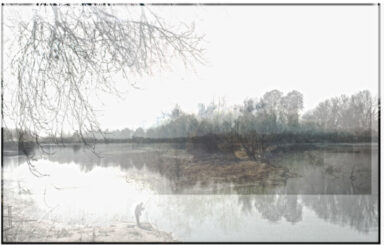The installation is based more or less directly on the Mundus, a space all religions have attempted to represent as the extreme place of the soul.
Vases, small sculptures, forms based on random symmetries lend themselves to a narrative that involves that part of our unconscious that borders on worlds that express the deepest levels of knowledge.
On the theme of the Imago Mundi, the paradigm of an elemental material unconscious, where the Mundus is a mythical place where space and time cease to exist, a place of infinite extension though it is smaller than a mustard seed, a place that like Pascal’s Sphere is everywhere and nowhere at the same time.In 1276 an English monk, Richard of Haldingham, began to paint a map of the Mundus on a large vellum sheet, an imaginary geography that was referenced by Tolkien for his Middle Earth. It is known as the “Hereford Mappa Mundi.”
At the center, Jerusalem and the Garden of Eden, a labyrinth and fantastic beings, animals, humans, plants and many scenes taken from classical mythology.
The Hereford map represents the first western example of the Imago Mundi, a universe separate from the real world, more similar to the imaginal world of which the famous historian of oriental religions Henry Corbin speaks. Naturally this is a very ancient idea that has more or less directly influenced all the spiritual currents of mankind, from antiquity to the present.


